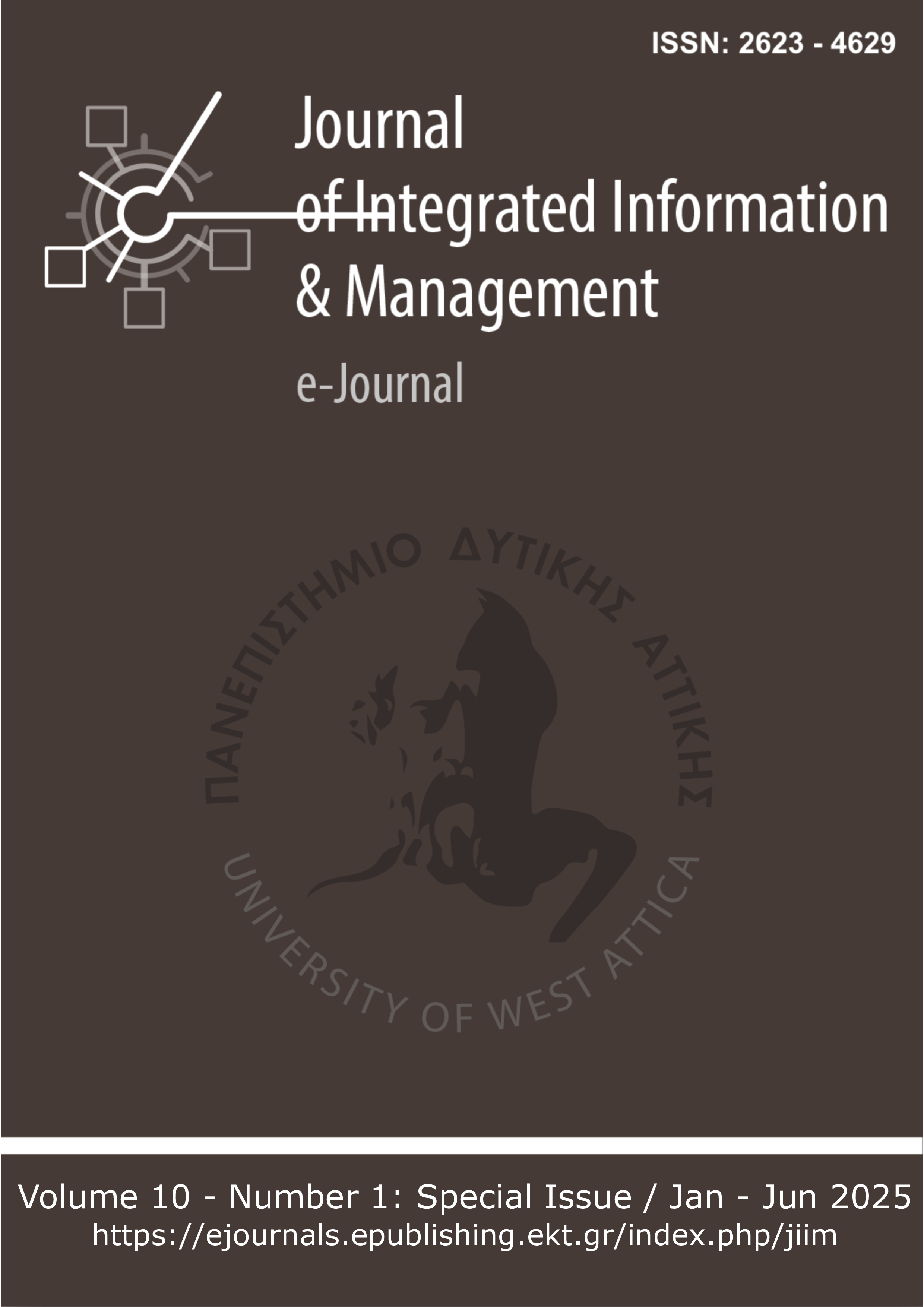Innovations and Contradictions in Applying Blockchain Technology in Records Management under General Data Protection Regulation

Abstract
Purpose – This review aims to highlight the innovations and contradictions of Blockchain Technology applications in Records regarding the General Data Protection Regulation (GDPR) of the European Union (EU).
Design/methodology/approach – An extensive literature review was conducted, which revealed of many articles based on research into blockchain, most written from a legal perspective. This report focuses on the extent of analysis of the contradiction that exists between Blockchain information storage and international personal data protection legal requirements, with an emphasis on EU. The variety of proposed solutions to overcome this issue are discussed.
Findings – The incompatibility between blockchain technology and data privacy is because of three fundamental inconsistencies: (a) Data cannot be modified once inserted into a block, which conflicts with the right to delete and correct them; (b) Data is publicly available in each participant of the blockchain, a function that conflicts with the principles of confidentiality, accountability, and the designation of a central data processor; and (c) The data is stored indefinitely, in conflict with the GDPR principles related to the purpose, necessity and minimizing of information.
Originality/value - This paper contributes an original analysis of the implications of the adoption of Blockchain in Records Management and the implications that exist with GDPR.
Article Details
- How to Cite
-
Kareklas, N., & Chaleplioglou, A. (2025). Innovations and Contradictions in Applying Blockchain Technology in Records Management under General Data Protection Regulation. Journal of Integrated Information Management, 10(1), 49–58. https://doi.org/10.26265/jiim.v10i1.41216
- Section
- Research Articles

This work is licensed under a Creative Commons Attribution-NonCommercial 4.0 International License.
Copyright Notice
Authors who publish with JIIM agree to the following terms:
- Authors retain copyright and grant the journal right of first publication with the work simultaneously licensed under a Creative Commons Attribution Non-Commercial License that allows others to share the work with:
- An acknowledgment of the work's authorship and initial publication in this journal.
- Authors are permitted and encouraged to post their work online (preferably in institutional repositories or on their website) prior to and during the submission process, as it can lead to productive exchanges, as well as earlier and greater citation of published work.





